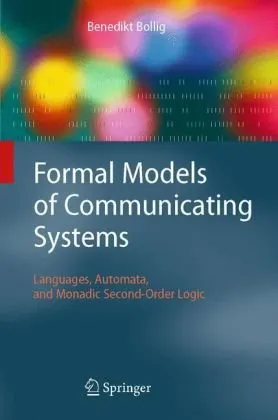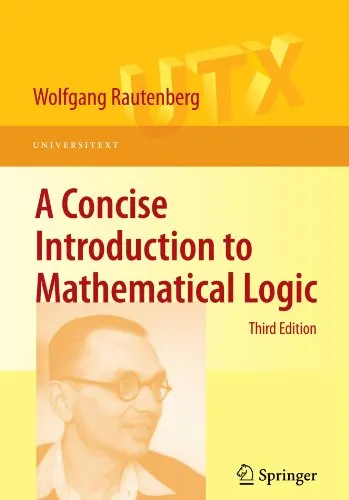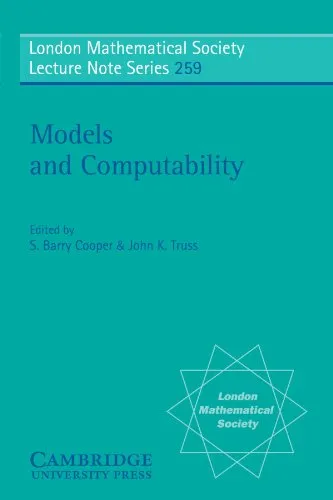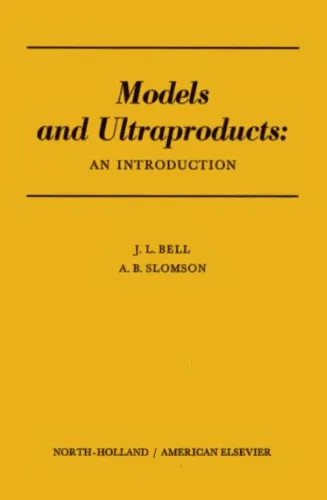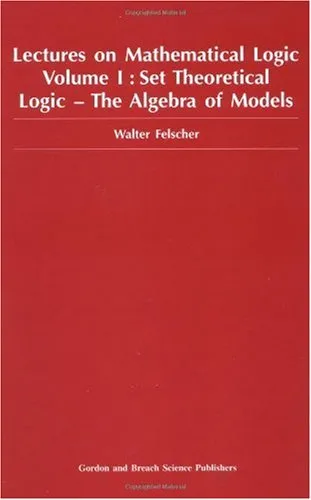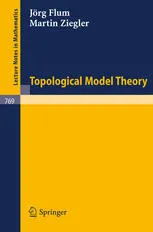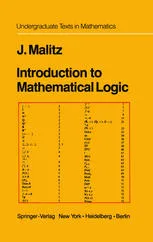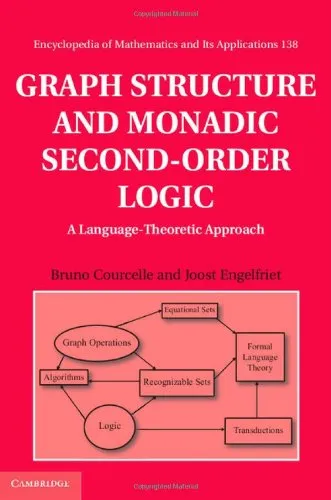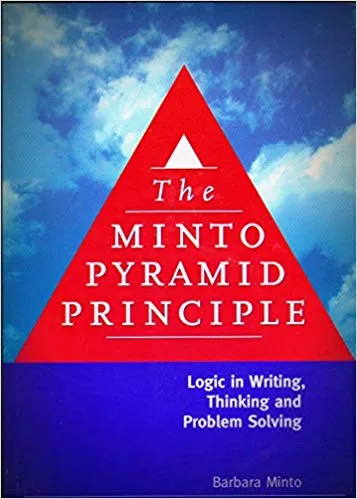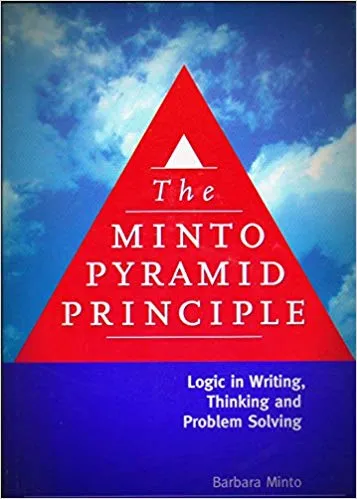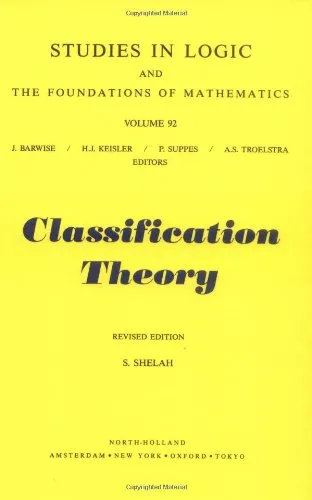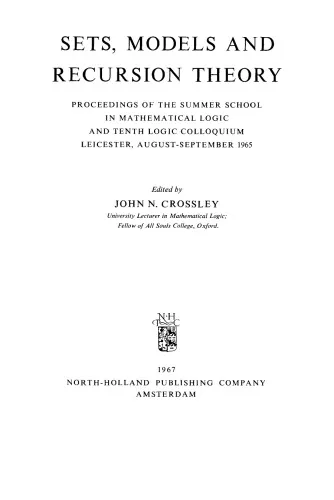Formal Models of Communicating Systems. Languages, Automata, and Monadic Second-order Logic
4.3
Reviews from our users

You Can Ask your questions from this book's AI after Login
Each download or ask from book AI costs 2 points. To earn more free points, please visit the Points Guide Page and complete some valuable actions.Related Refrences:
Introduction
Welcome to the extensive world of "Formal Models of Communicating Systems: Languages, Automata, and Monadic Second-order Logic," a comprehensive guide authored by Benedikt Bollig.
Detailed Summary of the Book
This book delves into the intricate world of formal models that describe communicating systems—a cornerstone of theoretical computer science. The work articulates a comprehensive examination of languages and automata theory, exploring their interactions with formal systems. Additionally, it introduces the reader to monadic second-order logic (MSO), a compelling framework that plays a crucial role in defining properties and behaviors of these systems.
The content is carefully structured to offer readers a step-by-step journey, beginning with foundational notions such as basic automata and languages, and gradually progresses into more complex topics like the interplay between logic and automata. Bollig's book does not merely list theoretical concepts; it weaves them into a narrative that connects fundamental ideas with advanced applications, examining how these models operate within the realm of computation and communication.
With a disciplined blend of theory and application, the book covers essential topics including finite automata, context-free languages, and various forms of logics that cast a different light on verification and descriptive complexity. The exposition is clear and systematic, making it an essential resource for students, researchers, and practitioners interested in the theoretical underpinnings and practical implications of communication systems.
Key Takeaways
- Foundational Understanding: Gain a deep understanding of foundational concepts in automata theory and formal language.
- Integration with Logic: Explore the interaction between automata and logic, particularly monadic second-order logic, and its application in system verification.
- Application to Communicating Systems: Learn how these formal models apply to complex communicating systems, providing insights into both academic and real-world contexts.
- Research Insights: Discover essential research directions and open problems in the domain of formal models and logic.
Famous Quotes from the Book
"Understanding the deep relationship between automata and logic is the key to unlocking the potential of communicating systems."
"The beauty of computation lies in its ability to model complexities with a simple set of formal rules."
Why This Book Matters
The relevance of "Formal Models of Communicating Systems" extends beyond its academic rigor in explaining complex theoretical concepts. It serves as a bridge between basic theoretical foundations and their application in modern technological problems. As computing systems become ever more complex and interconnected, the need for robust models to ensure their reliable operation is critical.
This book equips readers with the ability to conceptualize challenging problems through a theoretical lens, offering pathways to develop solutions in system verification, security protocols, and more. It's not just a textbook; it's a roadmap that highlights how formal methods can be leveraged to meet the challenging demands of today's technology-driven world.
Bollig provides not only an educational voyage into formal systems but also inspires future research and exploration by identifying areas ripe for development. Encompassing a blend of clarity, depth, and broad view, this book is a cornerstone for anyone passionate about the mechanics and theory behind the seamless operation of communicating systems.
Free Direct Download
You Can Download this book after Login
Accessing books through legal platforms and public libraries not only supports the rights of authors and publishers but also contributes to the sustainability of reading culture. Before downloading, please take a moment to consider these options.
Find this book on other platforms:
WorldCat helps you find books in libraries worldwide.
See ratings, reviews, and discussions on Goodreads.
Find and buy rare or used books on AbeBooks.
1369
بازدید4.3
امتیاز0
نظر98%
رضایتReviews:
4.3
Based on 0 users review
Questions & Answers
Ask questions about this book or help others by answering
No questions yet. Be the first to ask!
